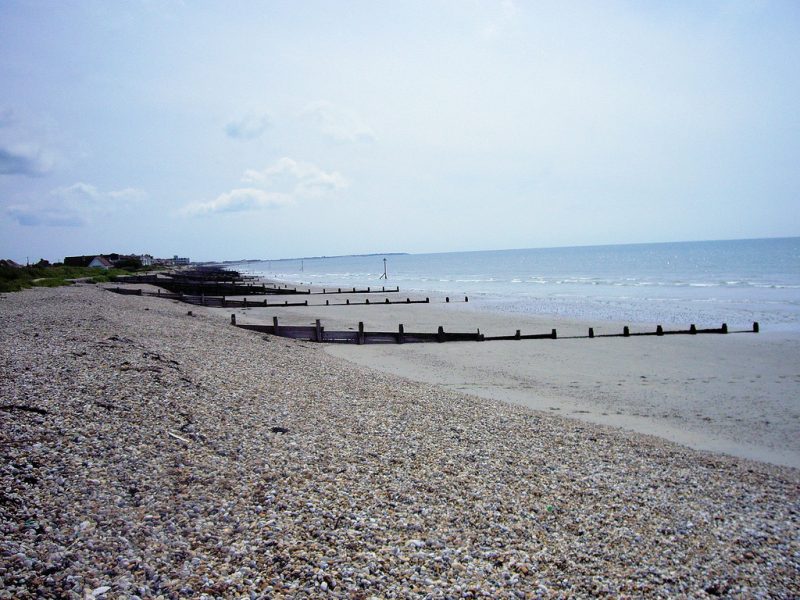It makes for an exciting day when you and your dog find a partial human skull on a beach.
Helen Frost had exactly this experience when she was walking along East Head Beach in West Sussex, England. She is often on the beach looking for items to use in the artwork she creates. She initially thought what she found was a very odd-shaped shell. The object looked very old and had suffered weathering that caused it to be brittle and fragile. She didn’t realize what she had found until she posted pictures on Facebook looking for ideas on what it could be. Only after receiving a few posts suggesting it was a skull did she contact the authorities.
What strange things have you found on a beach?
Helen Frost found a HUMAN SKULL on #WestWitteringBeach – thought to be a shipwrecked sailor pic.twitter.com/ysXMXnIH9K— BBC Sussex (@BBCSussex) February 7, 2017
Since 1974, five human skeletons in various states of completeness have been found in the area of Wittering, where East Head Beach is located. Two of the skulls found previously are thought to be over 100 years old. Experts now have the new skull, which is missing its frontal portion, and archaeologists are hopeful that radiocarbon dating will pinpoint its age.
A human skull found on beach by a horrified dog walker could be the remains of shipwrecked sailor https://t.co/InZHW765d1 pic.twitter.com/L7vTVU9pp6
— The Sun (@TheSun) February 3, 2017
Even though the police were initially called to deal with the find, the skull has not been linked to any suspicious circumstances. The area of West Sussex is full of archaeological discoveries such as Roman remains and shipwrecks, and it is possible that the beaches were used as gravesites in the past. No one seems particularly surprised at finding such a thing washed up on the beach except, of course, Helen Frost.
She is very happy that she left it there and did not take it home as a curiosity. Scientists think that it came from an unofficial cemetery that was created in the 18th century on the foreshore north of East Head. The previous human skull found on a West Wittering beach proved to be 200 years old and was thought to have been a soldier or a French prisoner. It was reburied in 2013, Mail Online reported.

West Wittering has archaeological evidence that ranges from the Palaeolithic period through to the 19th century. It is thought that Romans landed there and that some of the boulders in the harbor might have been used as ballast in Roman ships.
The area was also subject to Viking raids and at one time was farmed by Romans. West Sussex has a mild climate and is full of historical buildings and sites.
